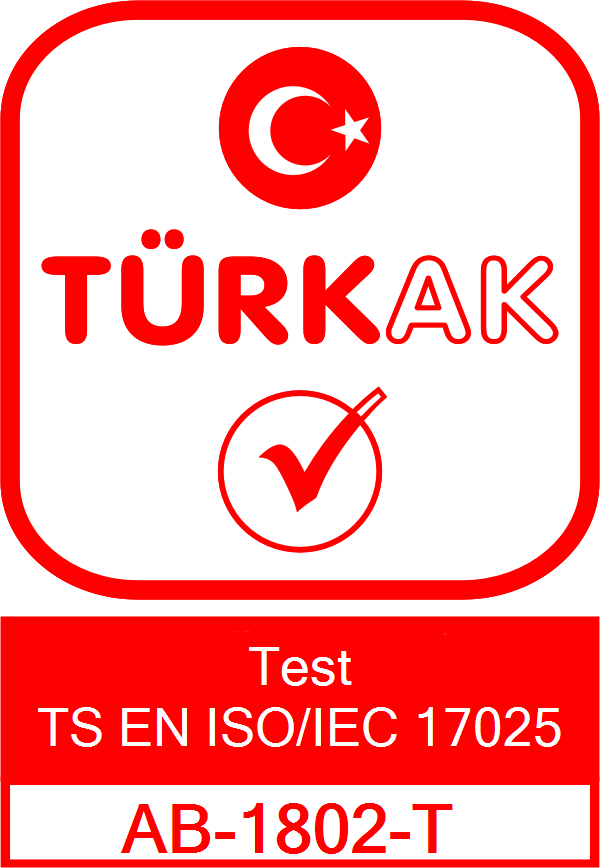
Quantitative suspension test for the evaluation of bactericidal activity - EN 1276
Quantitative suspension test for the evaluation of bactericidal activity - EN 1276
Contents
EN 1276 is a standard used in Europe to evaluate bacterial activity. It is specifically designed to test the bacteria-killing effectiveness of disinfectants and antiseptics. This test is used to determine how effectively a disinfectant kills certain types of bacteria over a period of time under certain conditions.
The main features of the test are:
1. *Test Organisms*: Generally, the bacterial species tested according to the EN 1276 standard are Escherichia coli, Staphylococcus aureus, Enterococcus hirae and Pseudomonas aeruginosa.
2. *Effectiveness Criterion*: For a disinfectant to be considered "effective" according to the EN 1276 standard, it must kill at least 99.999% (5 log10 reduction) of test bacteria within 5 minutes.
3. *Test Conditions*: Certain conditions and procedures are followed during testing. For example, it is exposed to bacteria at a certain temperature (usually 20°C) and for a certain time (usually 5 minutes) during testing.
4. *Result*: If a disinfectant is successful when tested according to the EN 1276 standard, this information may be indicated on the product label. This indicates that the product is effective against certain bacteria.
This standard is frequently used to evaluate the bactericidal effectiveness of disinfectants and provides consumers with information on how effective a product is against certain bacteria. However, just because a product passes this test does not mean it is effective against all types of bacteria. Therefore, when choosing the appropriate disinfectant for a particular use, it is important to carefully read the information indicated on the product label.

